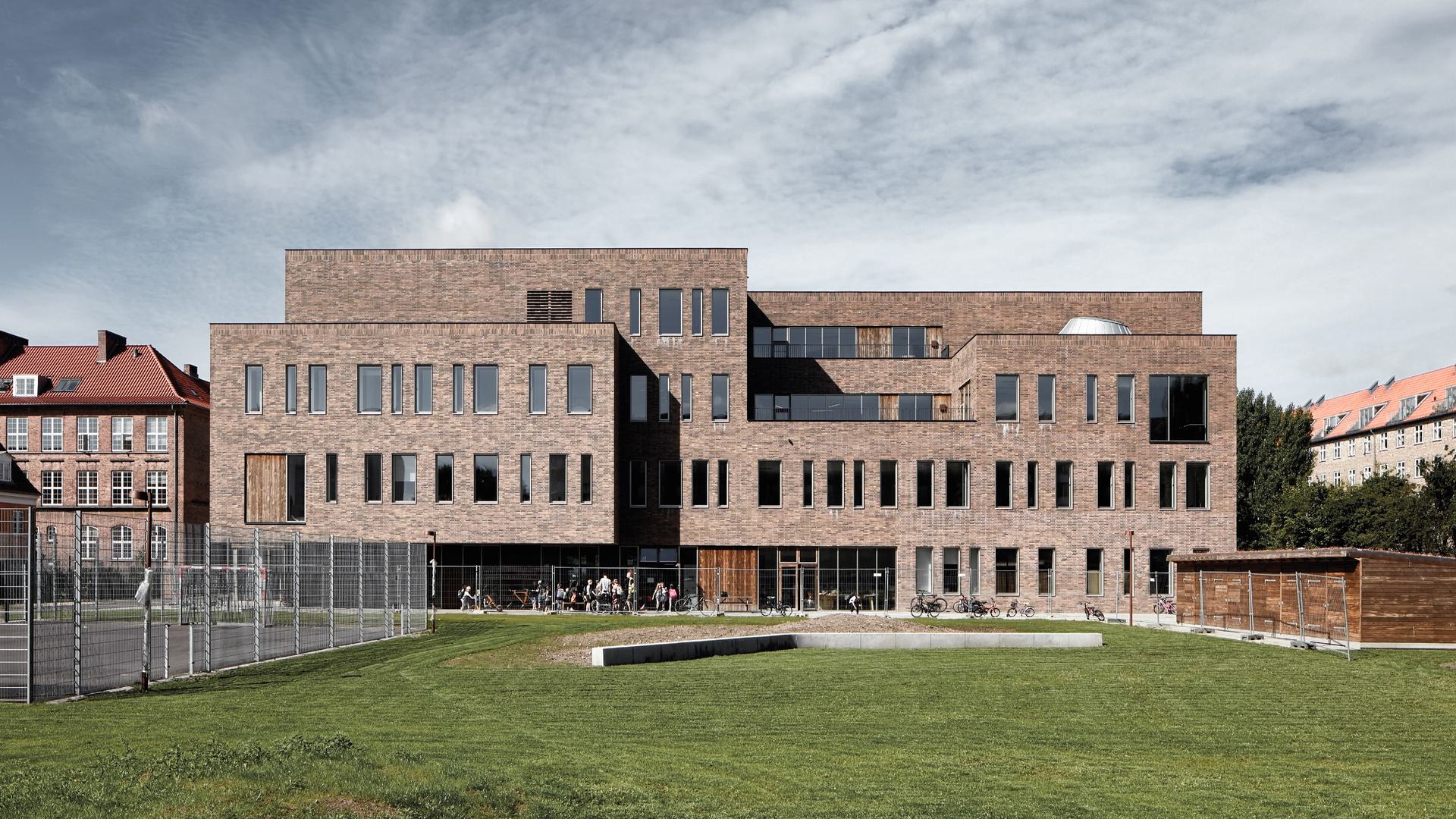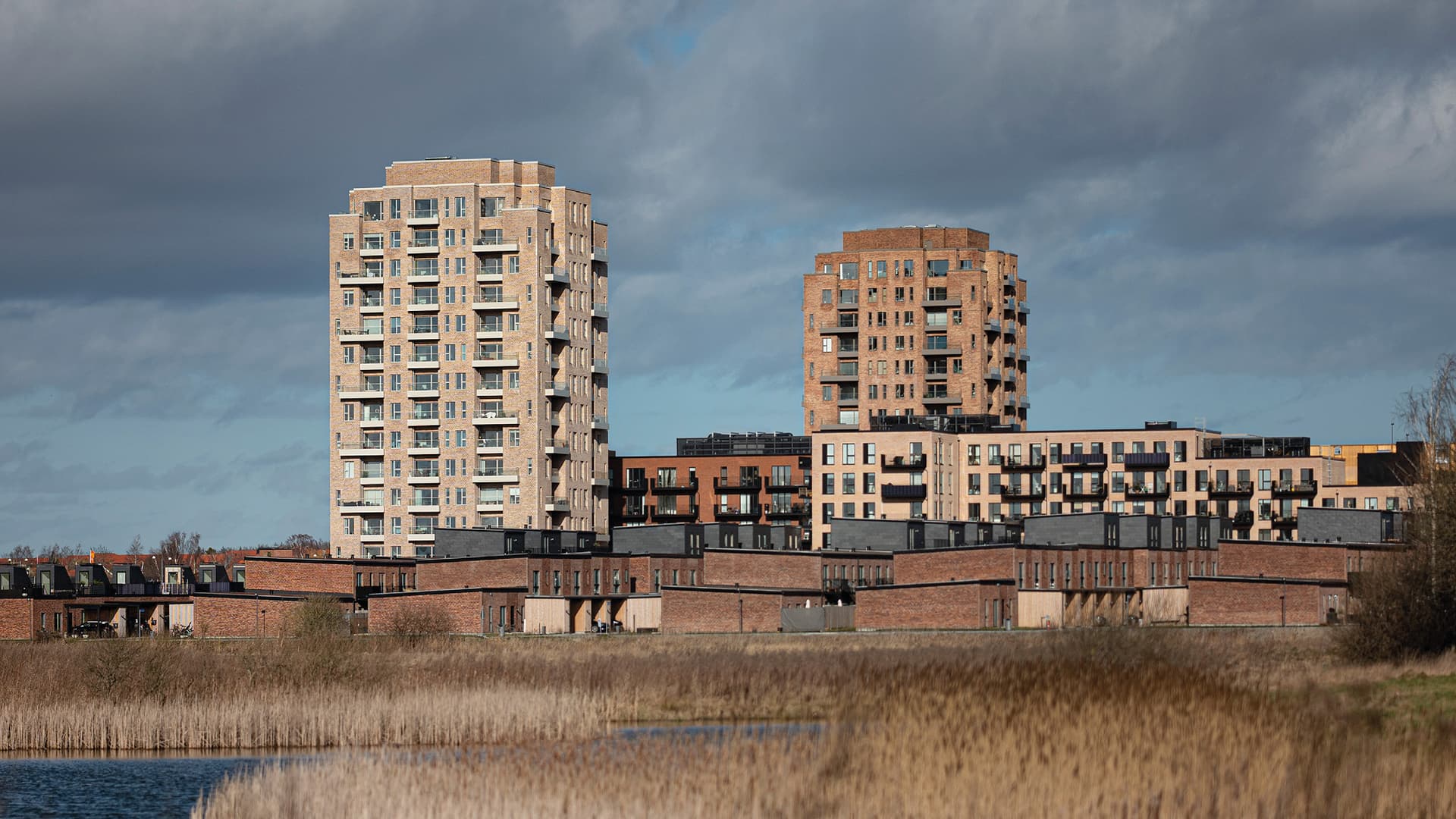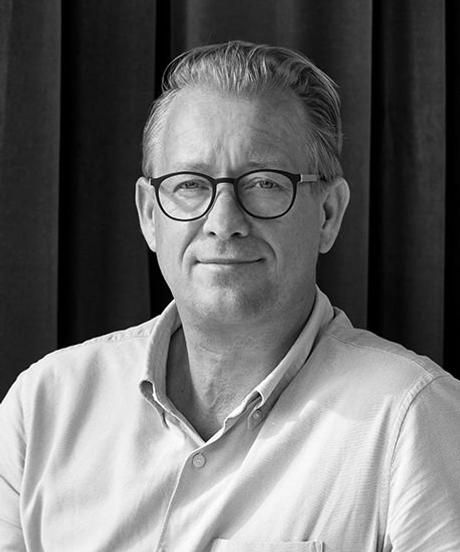
Krügers Park
Connecting Ribe once again
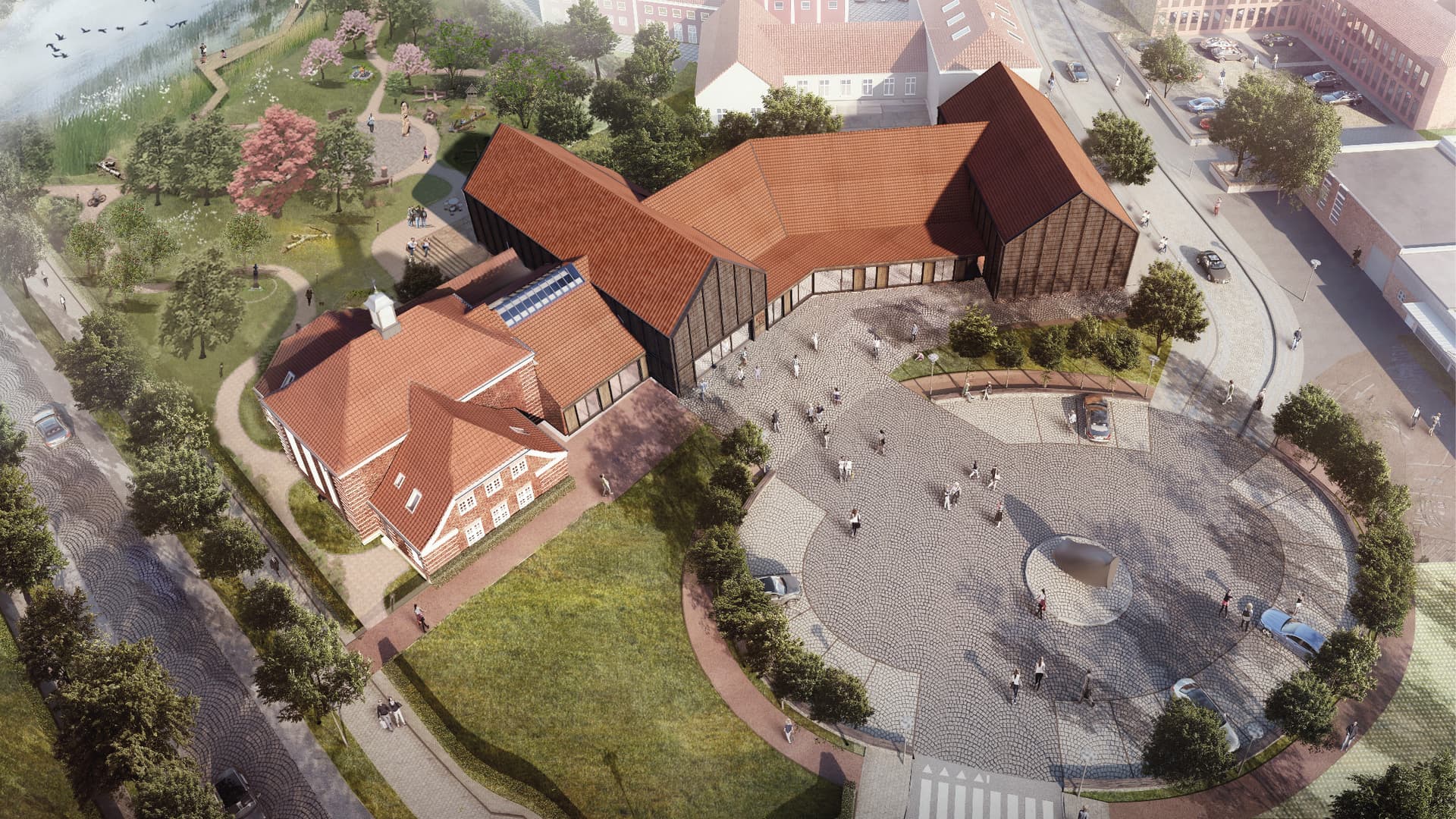
The vision for Krügers Park is to transform Ribe's forgotten green space into an inviting urban park that will bind the city, history and people together.
A hidden, green gem
Krügers Park, laid out back in 1876-77, is Ribe's first and oldest city park. But over the years, the park has suffered from vandalism and lack of general maintenance, which made the area feel overgrown and easier to hide away. The aim of the new plan is to re-establish Krügers Park as an open and inviting urban park, filled with life, nature and history. Existing walking and cycling routes will link up with newly established trails so that visitors and city folk alike are guided through the park as they move around the city.
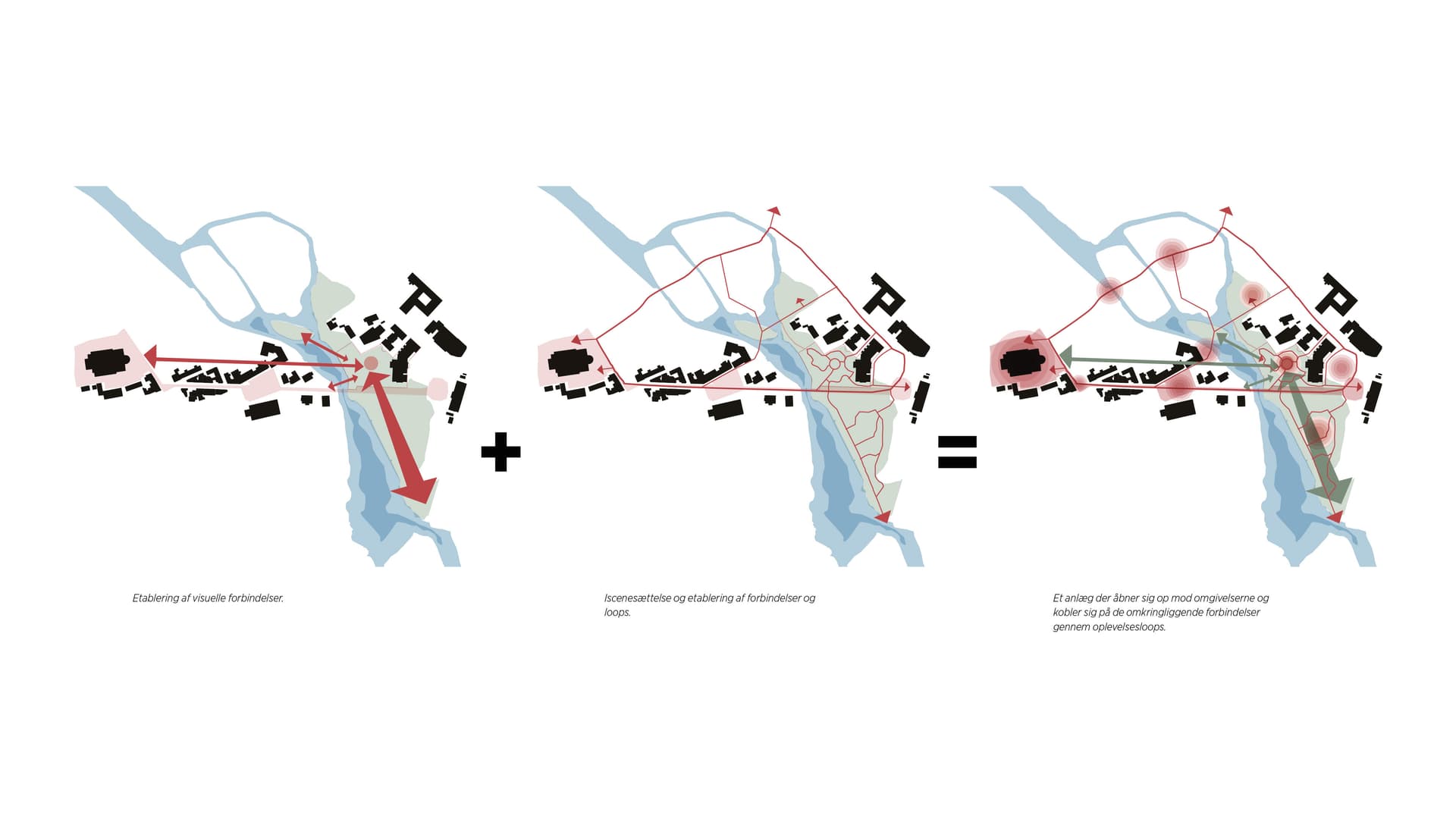
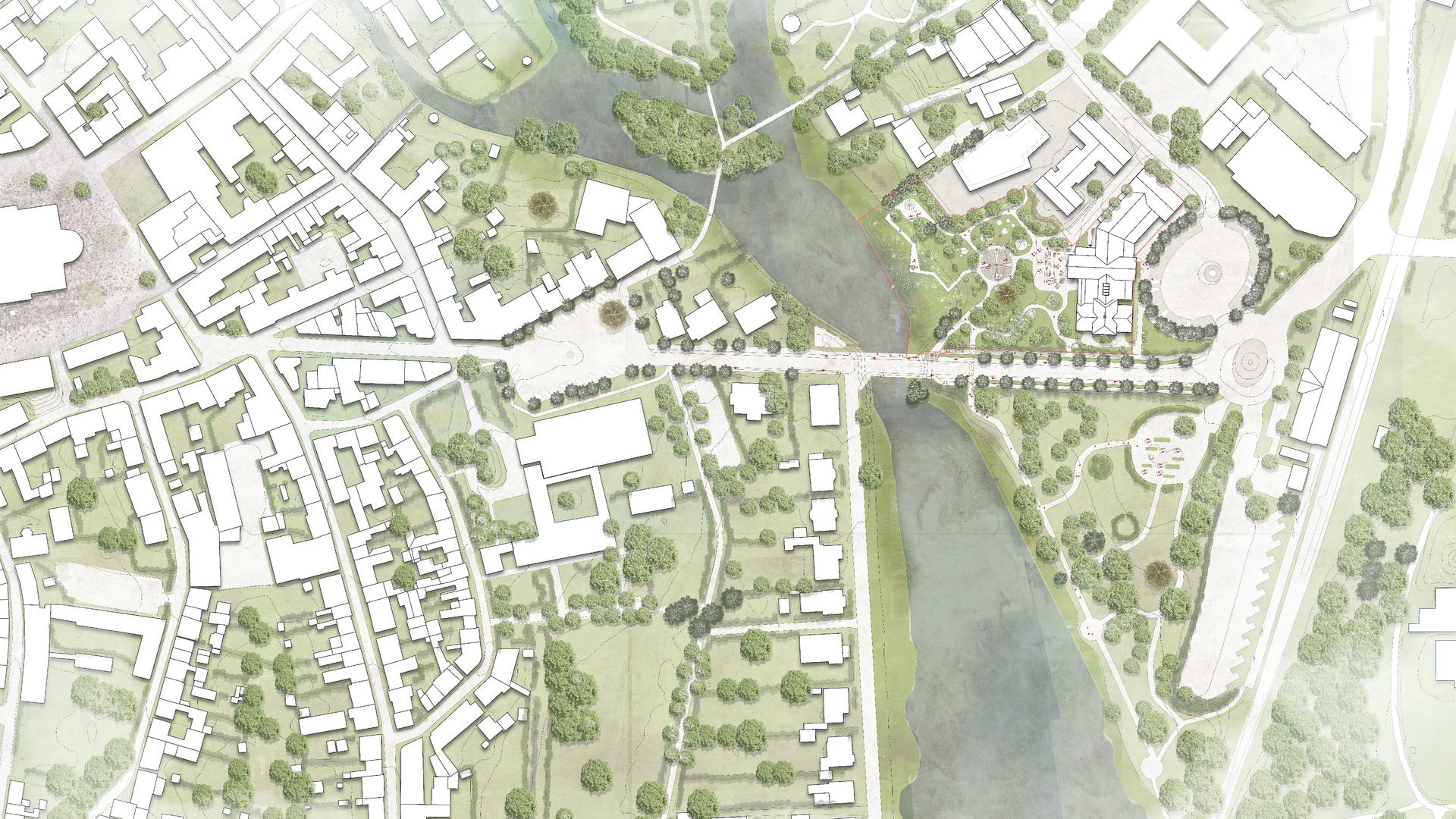
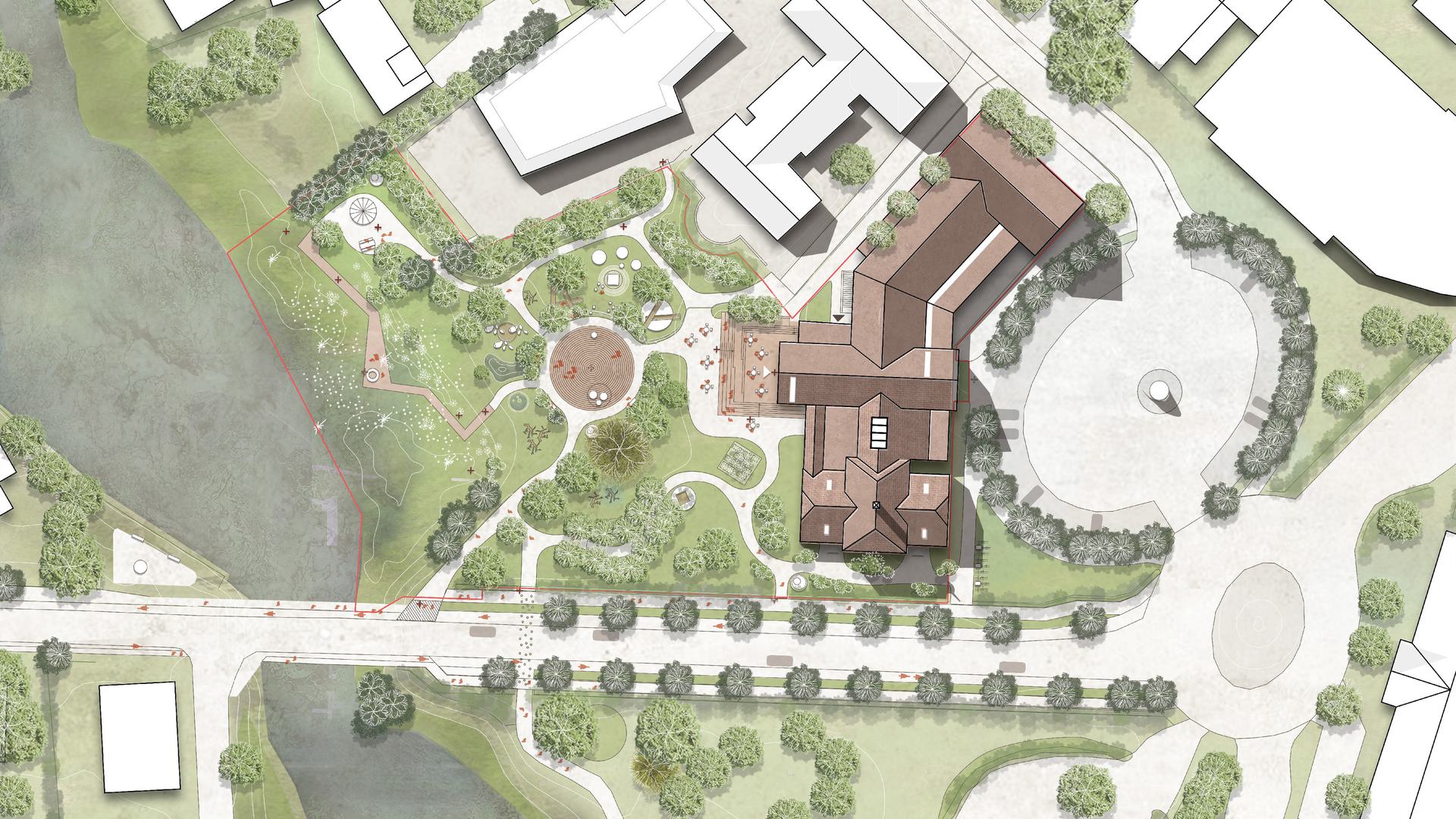
The new focal point of Ribe
Located between Ribe Cathedral, the historic city centre and Ribe Å, Krügers Park has an untapped potential to become the city's new green focal point. In addition to the new trail connections, a wide range of both larger and smaller seating areas have been established around the park. A playground, utility gardens with edible plants and a fire pit, as well as small undisturbed garden spaces all help to ensure that the city park becomes a place for everyone. The park's largest gathering point, Dagmars Plads, will serve as a setting for a number of community activities, such as outdoor exhibitions, theatre and larger gatherings.
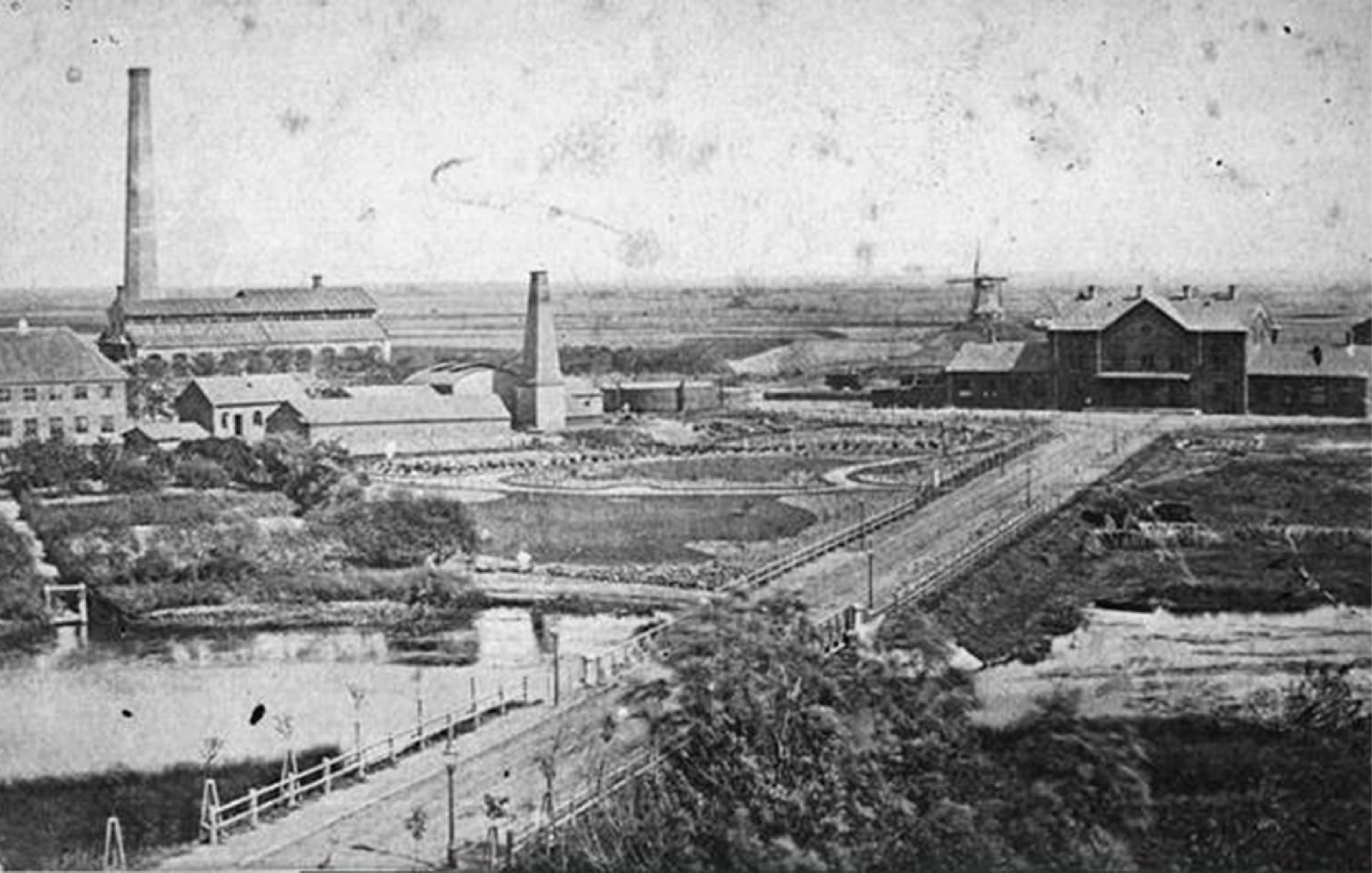
Nature as a mediator of history
Ribe was founded by the Vikings back in the early 7th century, and is therefore considered to be Denmark's oldest city. With the park's new trail connections from the museum, the plan is for Krugers Park to guide visitors through Ribe's history — from Viking city to medieval metropolis — and thus play an essential part in the dissemination of the city's role in Danish history. Among them, the Viking-inspired playground makes history more child-friendly, while medieval cabbage farms and picture farms with wild grass and herbs will give visitors an insight into the way of life and nature of that time.
Biodiversity and conservation
The medieval view of nature, which admittedly exploited nature but had less opportunity to streamline and tame it, is similar to the increasing focus on biodiversity in near-urban environments. Visitors to the park will be able to benefit from the many different species of fruit-bearing shrubs, trees and herbs that also provide survival grounds for local insects and fauna. The plan is also to preserve as many of the old trees as possible, all of which bear witness to the city's long history. Where the trees cannot be saved, the trunks will be transformed into play sculptures or other wooden art with historical references that will give them a new life.

Want to know more?


